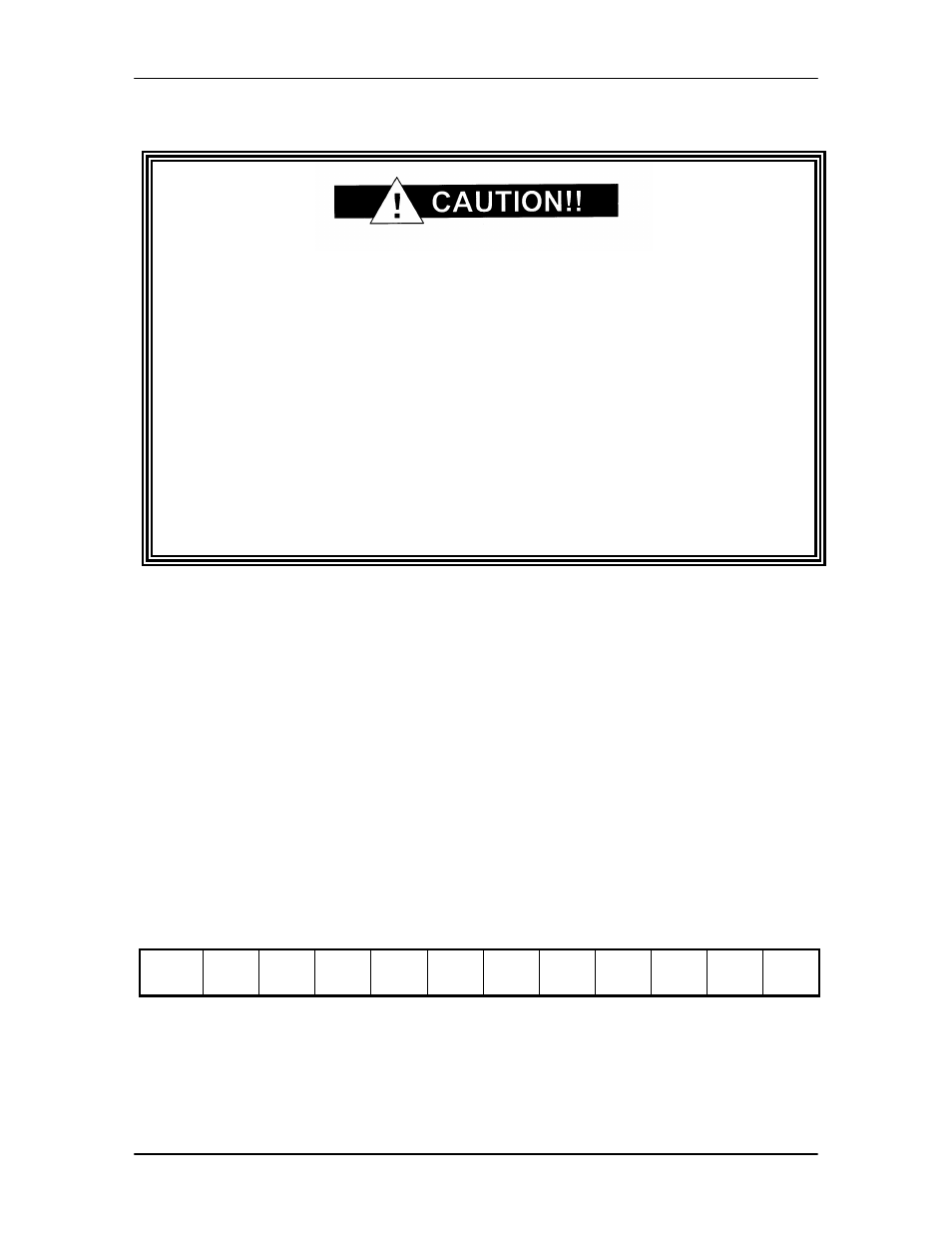1 protocol structure -31, 2 protocol wrapper -31 – Comtech EF Data MM200 User Manual
Page 55

MM200 High-Speed Microwave Modem
User Interfaces
TM086 - Rev. 4.1
4-31
4.5.1 Protocol Structure
When new features are added to Radyne Inc. equipment, the control
parameters are appended to the end of the Non-Volatile Section of the
Remote Communications Specification, and status of the features, if any,
are added at the end of the Volatile Section. If a remote M&C queries two
pieces of Radyne Inc. equipment with different revision software, they
could respond with two different sized packets. The remote M&C MUST
make use of the non-volatile count value to index to the start of the Volatile
Section. If the remote M&C is not aware of the newly added features to the
product, it should disregard the parameters at the end of the Non-Volatile
Section and index to the start of the Volatile Section.
Before creating any software based on the information contained in this
document, contact the Radyne Inc. Customer Service Department (602-437-
9620) to find out if the software revision for that piece of equipment is
current and that no new features have been added since the release of this
document.
The Communications Specification (COMMSPEC) defines the interaction of computer resident
Monitor and Control software used in satellite earth station equipment such as modems,
redundancy switches, multiplexers, and other ancillary support gear. Communication is bi-
directional, and is normally established on one or more full-duplex multi-drop control buses that
conform to EIA Standard RS-485.
Each piece of earth station equipment on a control bus has a unique physical address, which is
assigned during station setup/configuration or prior to shipment. Valid decimal addresses on one
control bus range from 032 through 255 for a total of up to 224 devices per bus. Address 255 of
each control bus is usually reserved for the M&C computer.
4.5.2 Protocol Wrapper
The Radyne Inc. COMMSPEC is byte-oriented, with the Least Significant Bit (LSB) issued first.
Each data byte is conveyed as mark/space information with two marks comprising the stop data.
When the last byte of data is transmitted, a hold comprises one steady mark (the last stop bit). To
begin or resume data transfer, a space substitutes this mark. This handling scheme is controlled
by the hardware and is transparent to the user. A pictorial representation of the data and its
surrounding overhead may be shown as follows:
S1
S2
B
0
B
1
B
2
B
3
B
4
B
5
B
6
B
7
S1
S2,
etc.
The stop bits, S1 and S2, are each a mark. Data flow remains in a hold mode until S2 is replaced
by a space. If S2 is followed by a space, it is considered a start bit for the data byte and not part
of the actual data (B
0
- B
7
).
The COMMSPEC developed for use with the Radyne Inc. Link Level Protocol (RLLP) organizes
the actual monitor and control data within a shell, or "protocol wrapper", that surrounds the data.
